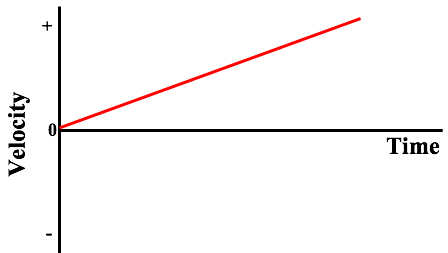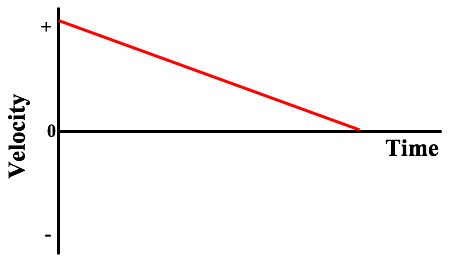When the forces acting upon an object are balanced, the object will maintain its state of motion; that is, its velocity remains constant. If the forces are unbalanced, the object will either speed up or slow down. The reverse logic is also true: if an object has a constant velocity, then the forces are balanced. And if an object is speeding up or slowing down, the forces are unbalanced.
Getting your Trinity Audio player ready...
Hold down the T key for 3 seconds to activate the audio accessibility mode, at which point you can click the K key to pause and resume audio. Useful for the Check Your Understanding and See Answers.
Balanced vs. Unbalanced Forces - help10
There are four similar versions of this question. Two of the versions include:
Version 1:
The motion of an object is represented by a velocity-time graph.

Is this object speeding up, slowing down, or moving at a constant speed?
Is this object experiencing balanced forces or unbalanced forces?
Version 2:
The motion of an object is represented by a velocity-time graph.

Is this object speeding up, slowing down, or moving at a constant speed?
Is this object experiencing balanced forces or unbalanced forces?